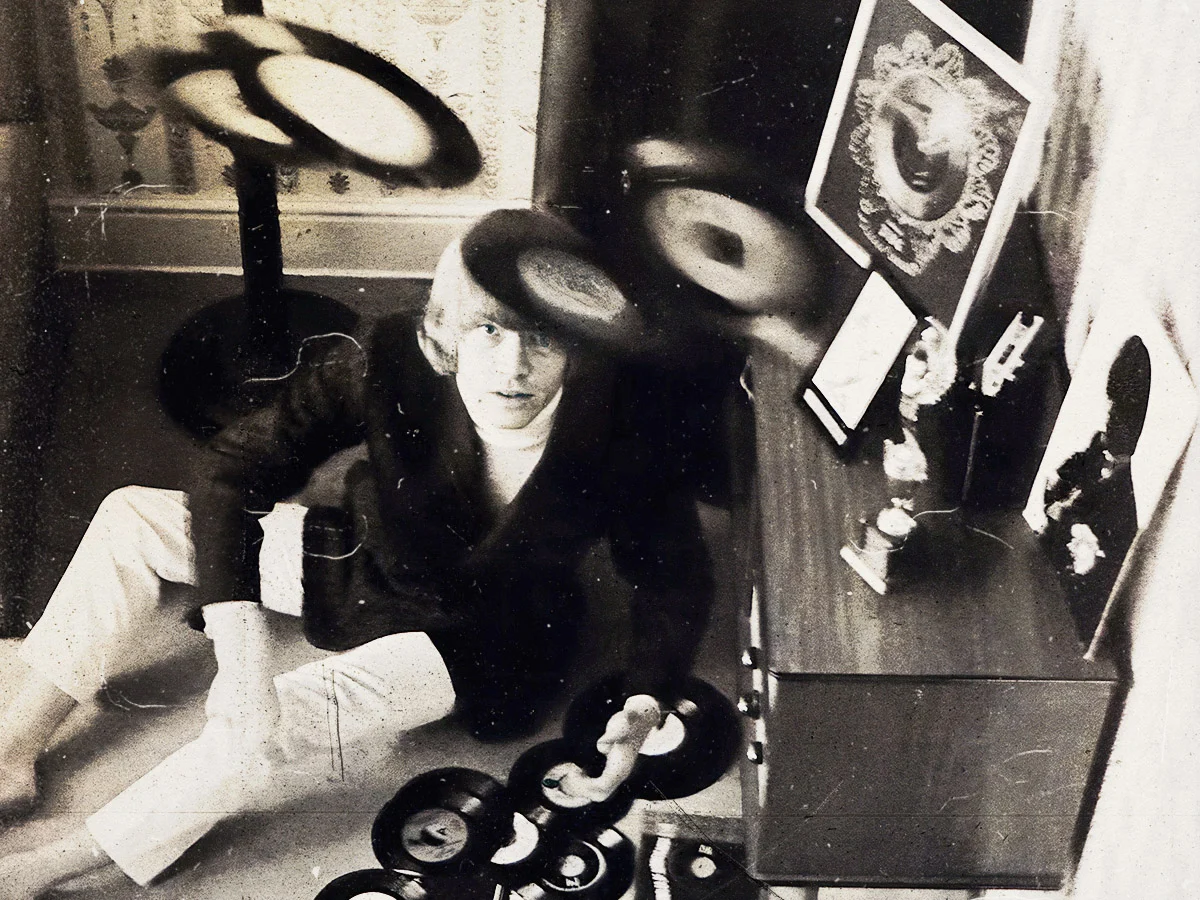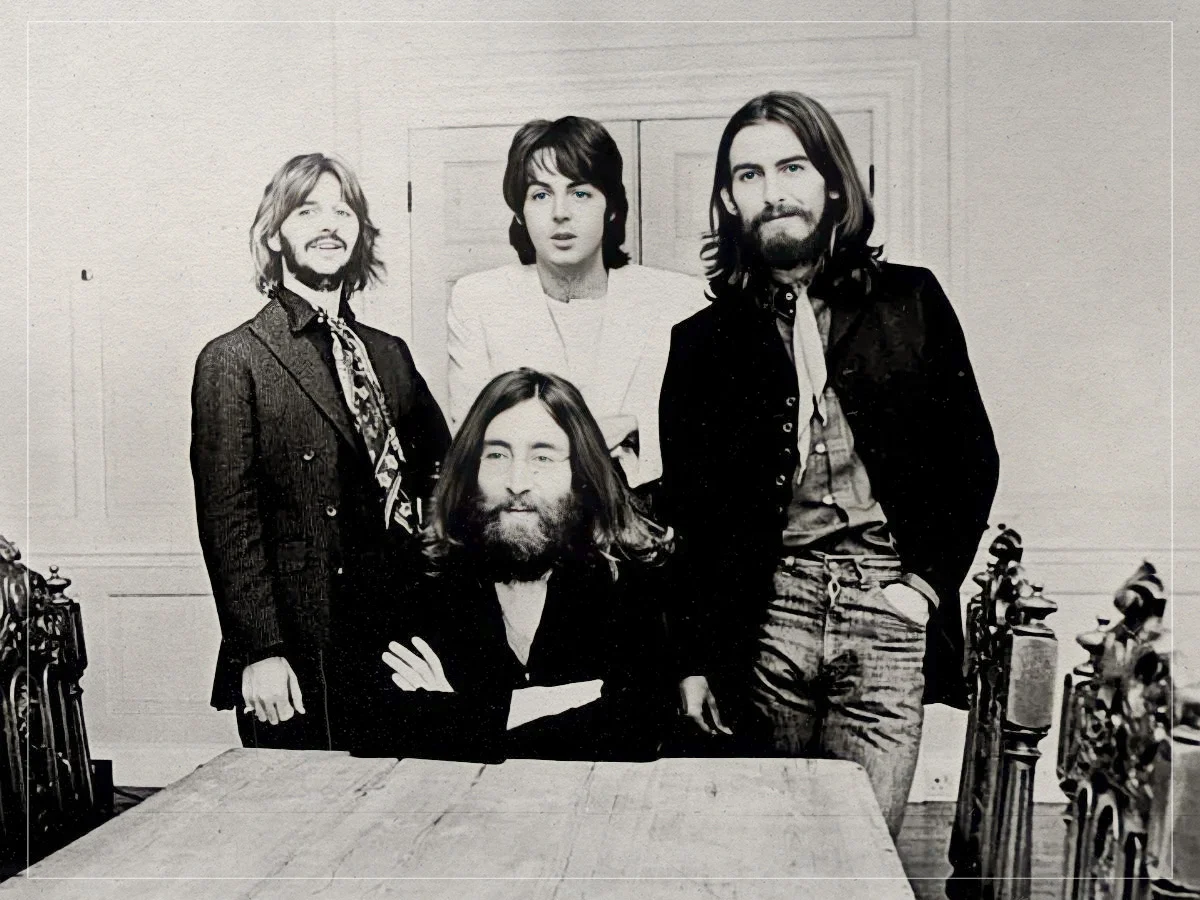Making a proclamation is what rock and roll is all about. Sure, it might be based in music and rebellion, but the largest part of the MO is to play loud enough to be heard. A lot of artists stand tall outside of their studio work to shout their mouths off and try to gain some column inches with outlandish comments. Considering his guitar work, Eddie Van Halen never needed to open his mouth for anything onstage.
Even with a showman as charismatic as David Lee Roth out in front, Eddie’s delicate touch on the guitar made way for the most impressive solo runs in music history, knocking people out with his instantly recognisable two-handed tapping technique. By the time he got more notches under his belt, Eddie did eventually have one song that saw him step behind the mic.
Was it necessary? Probably not. Van Halen had become a behemoth band without the need to introduce Eddie as a singer. But perhaps with a view to their ever-changing frontman position, the guitarist was eyeing up whether he could have ever stood behind the mic permanently.
Granted, every member of Van Halen needed to know how to sing just a little bit. While Roth was never known to have the most technically gifted set of pipes, his screams paired with Michael Anthony’s high harmony vocals created magic on early tracks like ‘Runnin’ With the Devil’ and ‘Jamie’s Cryin’’.
Even when Roth left the band, adding Sammy Hagar brought another layer of musicality into the mix. Being a more technical-minded singer than Roth, Hagar’s good-time spirit both on and off the stage endeared him to the fanbase immediately, singing along to one hit after another like ‘When It’s Love’ and ‘Right Now’. After sticking around with Van Halen for the same time as Roth, Hagar found himself at odds with the Van Halen brothers after the album Balance.
Following disagreements over the lyrics to tracks like ‘Amsterdam’ as well as working on a few greatest hits songs, Hagar was sent packing. While Van Halen was more than capable of getting another singer, the addition of Gary Cherone made for one of the most glorious trainwrecks in music history on Van Halen III.
Having little direction, most of the album is full of songs with a subpar vocal performance. Though Cherone probably did fine for what he was given, his need to sound the same as Sammy Hagar makes for the most piss-poor vocal takes to appear on a Van Halen record on tracks like ‘Without You’.
Towards the album’s end, though, Eddie realised he didn’t need Cherone, either. On the final track, Van Halen takes the mic for the first time on record, laying down a low-register croon on the song ‘How Many Say I’. It was a moment that confirmed what the fans of the band already knew: this was Eddie’s band, and nobody else’s.
Compared to the other high-range vocalists that have come and gone in the group, Van Halen’s delivery of the song is dark and guttural, almost like he’s making a half-hearted Tom Waits impression. While Waits has written some phenomenal songs, the tone doesn’t match well with the lyrics Eddie wrote, full of empty platitudes and trying to get his listeners to think about the real problems going on in the world.
Ending one of the most painstaking Van Halen albums in history, the final note of the album feels like Eddie is ending the project on a proverbial question mark as fans try to take in what the hell they just heard. While the album was greeted with the worst reviews in Van Halen’s history, it didn’t take long for them to turn things around.
After cleaning himself up, Eddie went on different tours with Roth and Hagar before keeping ‘Diamond Dave’ for the album A Different Kind of Truth. With the help of his son Wolfgang Van Halen replacing Anthony on bass, the album became a late-career triumph, proving that the band could still kick ass when they had the songs behind them. Even though Eddie may have been coming from a personal place on ‘How Many Say I’, it’s probably best that his vocal debut didn’t go down as the last thing he ever put out.






